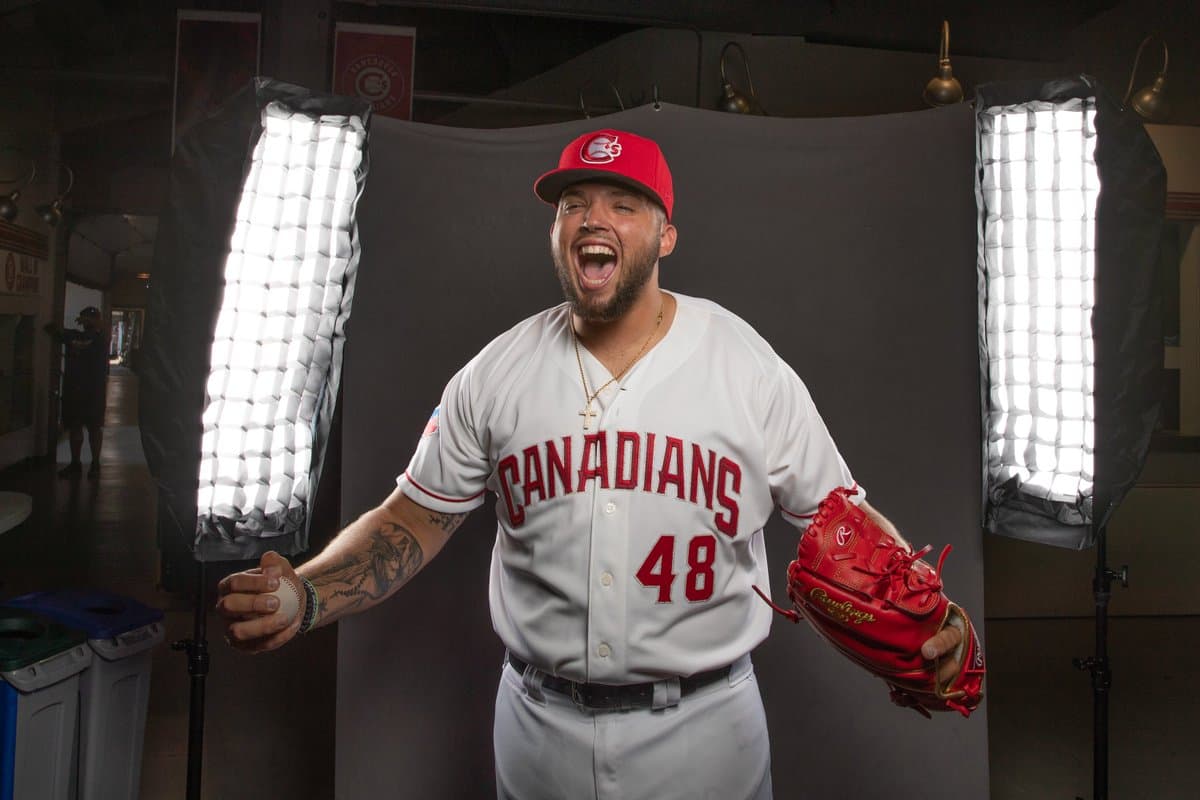Pitching Depth and Roster Building, Part 2: The Prospects and Lower Minors
Photo credit: Vancouver Canadians - Twitter
By Tammy Rainey
Feb 9, 2021, 12:00 EST
Keep scrolling for the next article
Breaking News
- Throwback Thursday: The Blue Jays acquire Devon White from Angels
- MLB betting preview (May 8): Blue Jays vs. Angels predictions
- Tracking four bats the Blue Jays pursued this winter: Early 2025 results
- An overview of how Blue Jays catcher Alejandro Kirk is faring after signing his extension
- Instant Reaction: Blue Jays collapse in the ninth and get walked off by Angels
